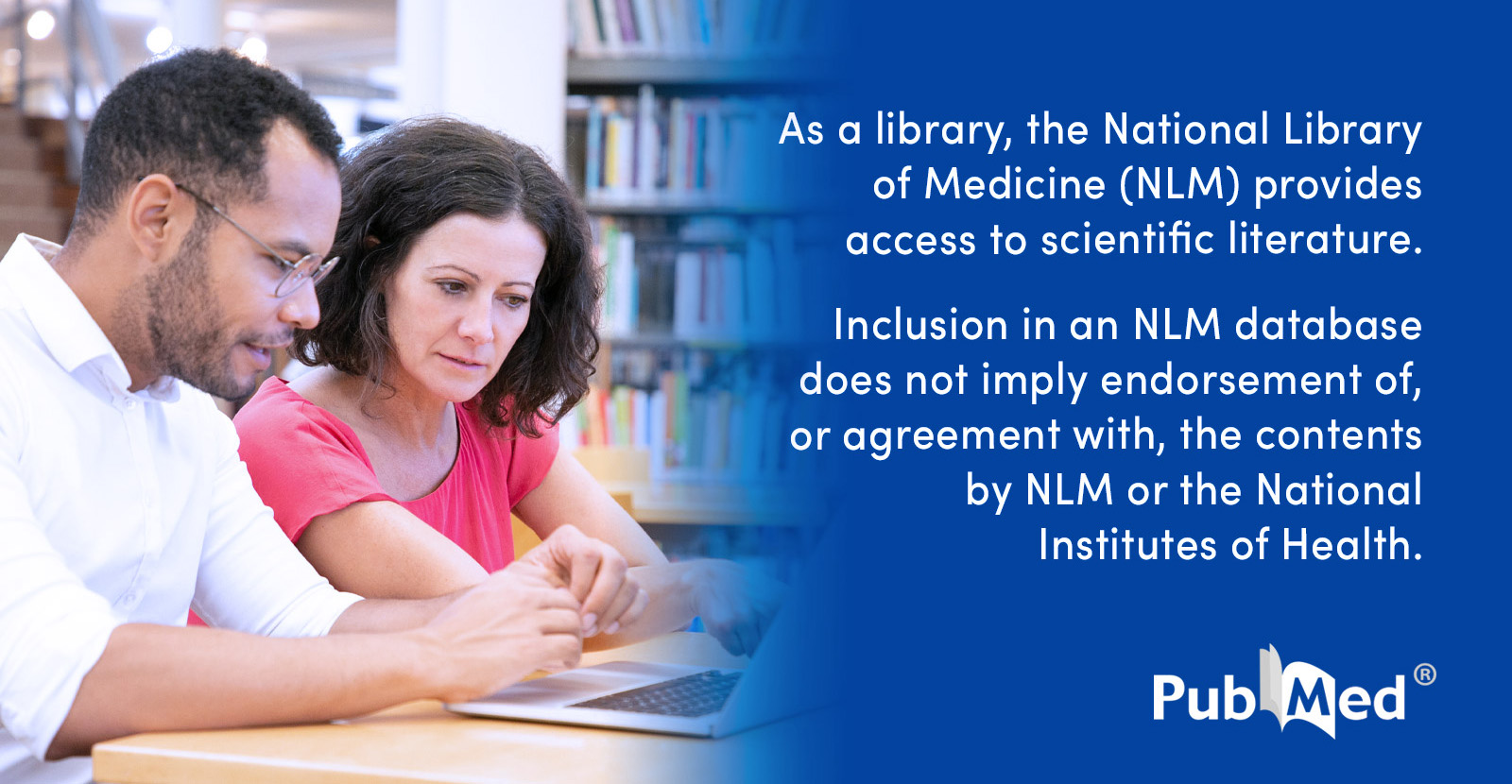
Patients with implanted cardiac devices that are not classified as MRI-conditional have historically faced significant barriers to receiving magnetic resonance imaging (MRI), a crucial diagnostic tool in modern medicine. These limitations stem from concerns that MRI’s strong magnetic fields could interfere with the functionality of pacemakers or defibrillators, posing safety risks.
However, new research and evolving best practices suggest that safe MRI scanning is possible, even in patients with non-MRI-conditional devices, provided specific protocols are followed. Medical centers across the U.S. and globally are creating comprehensive programs involving multidisciplinary teams of cardiologists, radiologists, and device specialists to assess risks, adjust device settings before and after imaging, and closely monitor patients throughout the process.
The push to improve imaging access is driven by growing evidence that denying MRI scans to certain cardiac patients can delay or prevent timely diagnoses and treatment for conditions unrelated to their cardiac issues—such as cancer, neurological disorders, and musculoskeletal injuries. Experts argue that adherence to updated safety protocols significantly reduces the potential for device malfunction during MRI procedures.
As part of ongoing efforts, the medical community is also encouraging device manufacturers to increase the availability of MRI-conditional models and to develop software updates for existing devices, making them safer in MRI environments. These initiatives are instrumental in ensuring that all patients, regardless of their cardiac device status, can access advanced imaging technologies without compromising safety.
In summary, carefully crafted protocols and interdisciplinary coordination are helping to clear the path to optimal care for patients with non-MRI-conditional cardiac devices, ensuring equitable access to critical diagnostic tools while maintaining patient safety.
Source: https:// – Courtesy of the original publisher.








